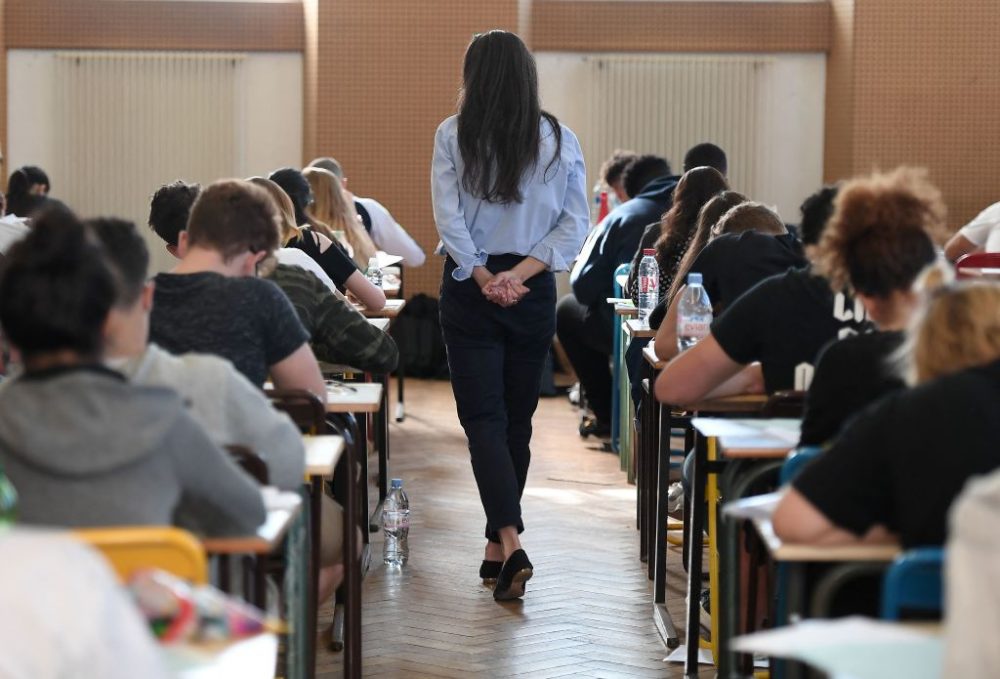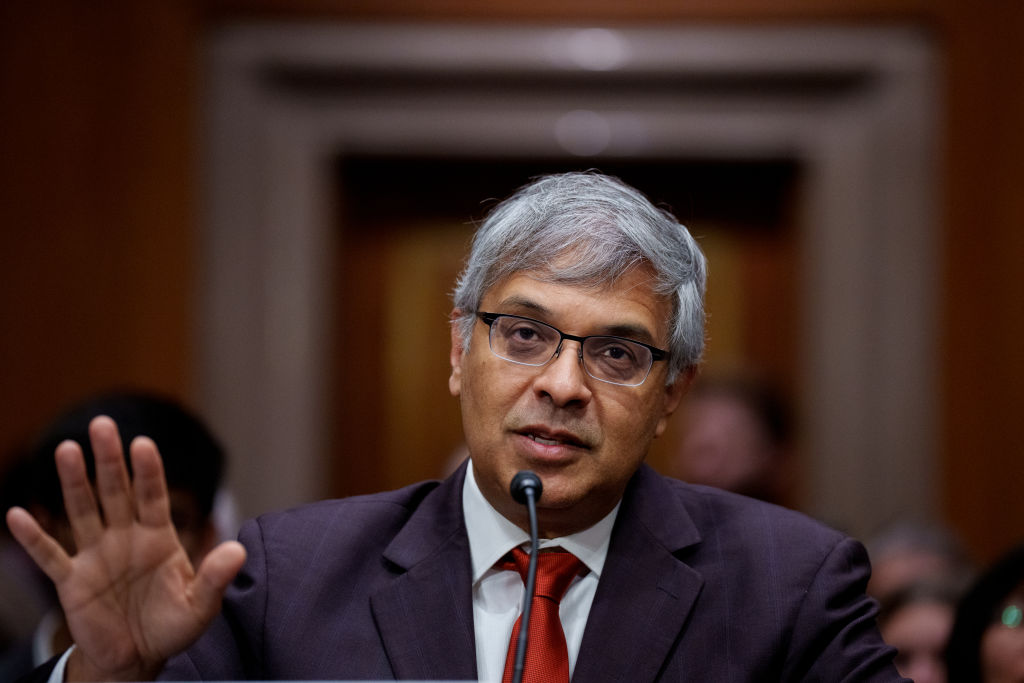Welcome to the age of coronavirus, where lines snake around the aisles of supermarkets, millennials beg their boomer parents to stop going outside and the best sporting event on television is 10-pin bowling.
America almost feels like a different country. Cockburn has seen a heartening amount of concern for loved ones over the last few days, especially among fellow journalists.
To put minds at rest, therefore, he’s been asking around to see what measures right-leaning outlets are taking to protect their employees from the virus.
Across Rupert Murdoch’s titles, the response has been robust. Workers at the Wall Street Journal and the New York Post had the option to work from home last week, with a lot of editorial staff deciding to do so. On Friday, work from home became mandatory at the Journal.
Fox News staff also had the option to work from home last week, with reduced staff in the control room from Friday onwards. Politico reported in this morning’s Playbook that ‘the DC bureau will now be limited to “staff, on-air talent and contributors only”. This will ensure that “all safety procedures necessary are implemented to protect the health of our team.”’
They quote a Brian Boughton email to staff which reads: ‘As of Monday, March 16, we will no longer have guests come to the DC bureau for any programs. These guests should be booked from a remote studio, a remote live location (Capitol Hill or similar), mobile studio to go, or Skype.’
The Daily Caller asked its employees not to come in for a few days, after being fully staffed last week. It was optional work from home at National Review last week too, with most writers and editors choosing to stay away from their Midtown office — but then, they usually do that.
At the Washington Examiner, only unwell employees stayed home last week. A directive came down from high command permitting staff to work from home at weekends, but, wrote editor Hugo Gurdon, ‘if they have a shift it must be a full working shift, not just occasionally checking email. If productivity declines they’ll have to return to shits in the office’. Cockburn hopes that was a typo.
Finally, fans of The Spectator’s US edition need not fret: all our staff are under 60 and usually work from home, in a fairly convincing imitation of self-quarantine. Cockburn has however had to forgo his habit of filing stories from the bars of private members’ clubs. Life & Arts editor Dominic Green has been isolated in his Massachusetts bolthole, though he’s been making good use of his solitude putting the finishing touches to our forthcoming April edition (which you can get by subscribing here).
Cockburn will update this story as and when he hears from more publications (reach him by emailing cockburn@spectator.us). He’s trying to confirm the rumor that one website is planning a COVID-19 party where all the writers catch the virus off each other. His invitation must have got lost in the post.

























